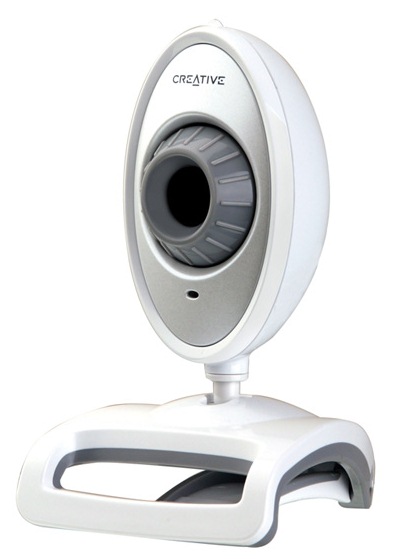
During his brief Fauvist period, Matisse produced a significant number of remarkable canvases, such as the portrait of Madame Matisse, called The Green Line (1905 Statens Museum for Kunst, Copenhagen) Bonheur de vivre (1905–6 Barnes Collection, Merion, Pa.) Marguerite Reading (ca. Paintings such as Woman with a Hat (San Francisco Museum of Modern Art), when exhibited at the 1905 Salon d’Automne in Paris, gave rise to the the first of the avant-garde movements (fall 1905–7), named “Fauvism” (from the French word fauve or “wild beast”) by a contemporary art critic, referring to its use of arbitrary combinations of bright colors and energetic brushwork to structure the composition. The next summer, in Collioure, a seaport also on the Mediterranean coast, where he vacationed in the company of André Derain (1880–1954), Matisse created brilliantly colored canvases structured by color applied in a variety of brushwork, ranging from thick impasto to flat areas of pure pigment, sometimes accompanied by a sinuous, arabesque-like line. As a result, Matisse produced his Neo-Impressionist masterpiece Luxe, calme et volupté (1904 Centre Georges Pompidou, Paris), so titled after a poem by Charles Baudelaire, and exhibited at the Salon des Indépendants in Paris (spring 1905) to great acclaim. He also was exposed, through Signac and Henri-Edmond Cross, living in nearby Lavandou, to a pointillist technique of small color dots (points) in complementary colors, perfected in the 1880s by Georges Seurat (1859–1891). In the summer of 1904, while visiting his artist friend Paul Signac at Saint-Tropez, a small fishing village in Provence, Matisse discovered the bright light of southern France, which contributed to a change to a much brighter palette. In its palette and technique, Matisse’s early work showed the influence of an older generation of his compatriots: Édouard Manet (1832–1883) and Paul Cézanne (1839–1906).
#LIVE CAM VIDEO IM PRO DRIVER WINDOWS 7 KEYGEN#

Discovering manifold artistic movements that coexisted or succeeded one another on the dynamic Parisian artistic scene, such as Neoclassicism, Realism, Impressionism, and Neo-Impressionism, he began to experiment with a diversity of styles, employing new kinds of brushwork, light, and composition to create his own pictorial language. Matisse’s early work, which he began exhibiting in 1895, was informed by the dry academic manner, particularly evident in his drawing. In 1891, he moved to Paris to study art and followed the traditional nineteenth-century academic path, first at the Académie Julian (winter 1891–92, under the conservative William-Adolphe Bouguereau), and then at the École des Beaux-Arts (1892, under the Symbolist painter Gustave Moreau). Initially trained as a lawyer, Matisse developed an interest in art only at age twenty-one.

His varied subjects comprised landscape, still life, portraiture, domestic and studio interiors, and particularly focused on the female figure.


His vast oeuvre encompassed painting, drawing, sculpture, graphic arts (as diverse as etchings, linocuts, lithographs, and aquatints), paper cutouts, and book illustration. The remarkable career of Henri Matisse, one of the most influential artists of the twentieth century, whose stylistic innovations (along with those of Pablo Picasso) fundamentally altered the course of modern art and affected the art of several generations of younger painters, spanned almost six and a half decades.


 0 kommentar(er)
0 kommentar(er)
